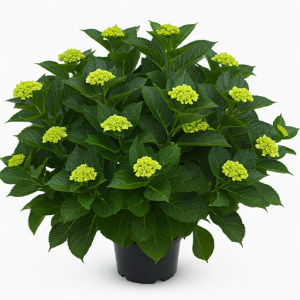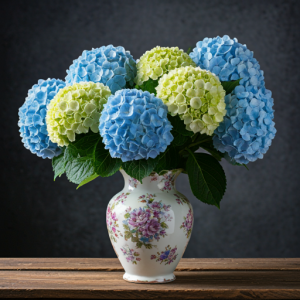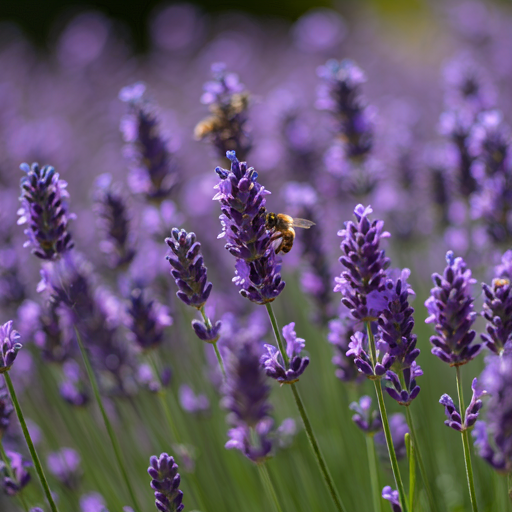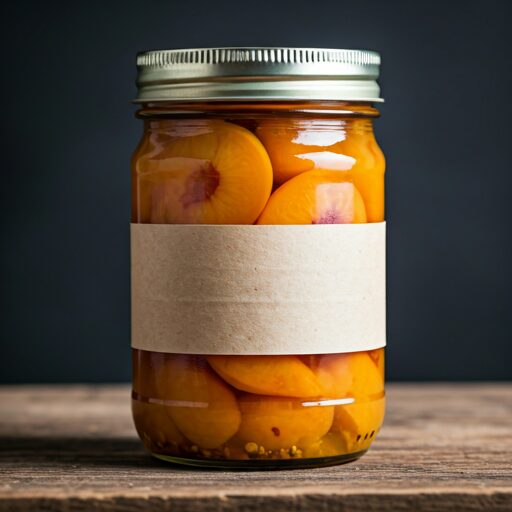Hydrangea Health: Identifying Common Diseases & Keeping Your Blooms Beautiful
 As a woman embarking on my homesteading journey, I’m learning so much about gardening, and one of my favorite plants to grow is the hydrangea. These beautiful flowering shrubs offer a vibrant splash of color in the garden, but like any plant, they are susceptible to diseases.
As a woman embarking on my homesteading journey, I’m learning so much about gardening, and one of my favorite plants to grow is the hydrangea. These beautiful flowering shrubs offer a vibrant splash of color in the garden, but like any plant, they are susceptible to diseases.
It’s important to learn how to identify common hydrangea diseases so we can treat them effectively and keep our plants healthy and thriving. This article will guide you through some of the most frequent issues and offer tips on how to manage them.
Common Hydrangea Diseases and Their Symptoms
Here are some of the most common diseases you might encounter with your hydrangeas:
1. Powdery Mildew
Powdery mildew is a fungal disease that appears as a white, powdery coating on the leaves, stems, and sometimes even the flowers. It’s often seen in humid conditions and thrives in shady areas with poor air circulation.
Symptoms:
- White powdery coating on leaves, stems, and flowers
- Leaves may become distorted and stunted
- Flowers may be discolored and have a powdery appearance
Treatment:
- Prune out infected stems and leaves to prevent spreading.
- Improve air circulation by thinning out the plant or removing surrounding foliage.
- Apply a fungicide specifically labeled for powdery mildew. Follow the instructions carefully.
- Avoid overhead watering, as this can promote fungal growth.
2. Leaf Spot
Leaf spot is a common fungal disease that causes dark spots on the leaves of hydrangeas. These spots can be brown, black, or purple, and may have a yellow halo around them. It thrives in wet conditions.
Symptoms:
- Dark spots on the leaves, often with yellow halos
- Leaves may turn yellow and drop prematurely
- Spots may be circular or irregular in shape
Treatment:
- Prune out infected leaves and dispose of them properly.
- Improve air circulation to allow leaves to dry quickly after rain or watering.
- Apply a fungicide labeled for leaf spot. Follow the instructions carefully.
- Water at the base of the plant, avoiding splashing water on the leaves.
3. Bacterial Leaf Scorch
Bacterial leaf scorch is a serious disease that can kill hydrangeas. It’s caused by a bacterium that attacks the plant’s vascular system, preventing water from flowing properly.
Symptoms:
- Leaves turn brown or scorched, starting at the edges and margins
- Leaves may curl or wilt
- Branches may die back
- Plant may become stunted and decline rapidly
Treatment:
Unfortunately, there is no cure for bacterial leaf scorch. If you suspect this disease, it’s best to consult a local garden center or expert for advice. You may need to remove and dispose of the plant to prevent the disease from spreading to other hydrangeas.
4. Root Rot
Root rot is a fungal disease that attacks the roots of hydrangeas, causing them to decay and die. It often occurs when the soil is too wet and poorly drained.
Symptoms:
- Wilting and drooping leaves, even with adequate watering
- Stunted growth and yellowing leaves
- Roots may be brown or black and mushy
- Plant may be difficult to pull out of the soil
Treatment:
- Improve soil drainage by adding organic matter like compost.
- Avoid overwatering, allowing the soil to dry slightly between watering.
- Remove any dead or diseased roots.
- Consider repotting the plant in a new, well-draining potting mix.
- Apply a fungicide labeled for root rot if needed.
5. Botrytis Blight
Botrytis blight, also known as gray mold, is a fungal disease that affects hydrangeas, particularly in humid conditions. It can cause brown spots on leaves and flowers, and may also lead to stem dieback.
Symptoms:
- Gray or brown spots on leaves and flowers
- Fuzzy gray mold on stems and flowers
- Leaves may turn brown and drop prematurely
- Stems may become blackened and die back
Treatment:
- Prune out infected stems and leaves to prevent spreading.
- Improve air circulation around the plant.
- Apply a fungicide labeled for botrytis blight. Follow the instructions carefully.
- Avoid overhead watering, as this can promote fungal growth.
Preventing Hydrangea Diseases
Prevention is key to keeping your hydrangeas healthy and disease-free. Here are some tips to minimize the risk of disease:
- Choose disease-resistant varieties: Research and select hydrangea cultivars that are known to be more resistant to common diseases.
- Provide proper drainage: Hydrangeas prefer well-drained soil. Avoid planting them in areas that are prone to standing water. You can add organic matter to the soil to improve drainage.
- Water consistently: Hydrangeas need regular watering, especially during hot and dry periods. However, avoid overwatering, which can lead to root rot.
- Maintain good air circulation: Space your hydrangeas properly to allow for airflow. Prune out any overcrowded or dead branches to promote air circulation.
- Fertilize appropriately: Provide your hydrangeas with balanced fertilizer to ensure they have the nutrients they need to stay healthy. Avoid over-fertilizing, which can make them more susceptible to disease.
- Inspect regularly: Look for signs of disease on a regular basis, especially during humid weather. Early detection is key for effective treatment.
- Practice good sanitation: Remove and dispose of any diseased leaves or stems properly. This will help prevent the disease from spreading.
Conclusion
 As I continue on my homesteading journey, I’m learning that healthy plants are the foundation of a thriving garden. By understanding the common diseases that affect hydrangeas and implementing preventative measures, we can keep these beautiful plants blooming beautifully for years to come.
As I continue on my homesteading journey, I’m learning that healthy plants are the foundation of a thriving garden. By understanding the common diseases that affect hydrangeas and implementing preventative measures, we can keep these beautiful plants blooming beautifully for years to come.
Remember, early detection and treatment are crucial for managing plant diseases. If you’re unsure about a particular issue, don’t hesitate to consult a local garden center or expert for advice.
Happy gardening!






